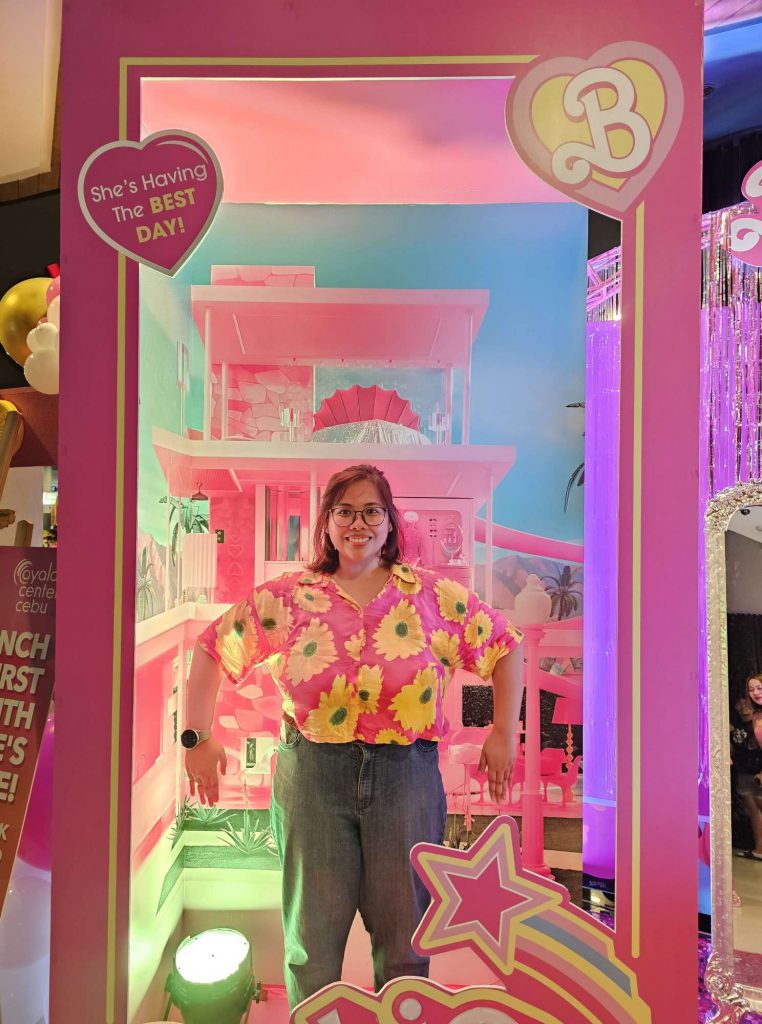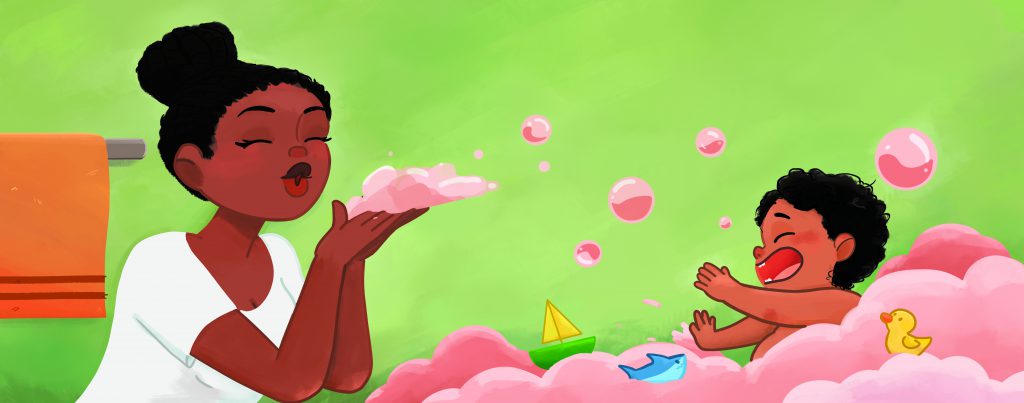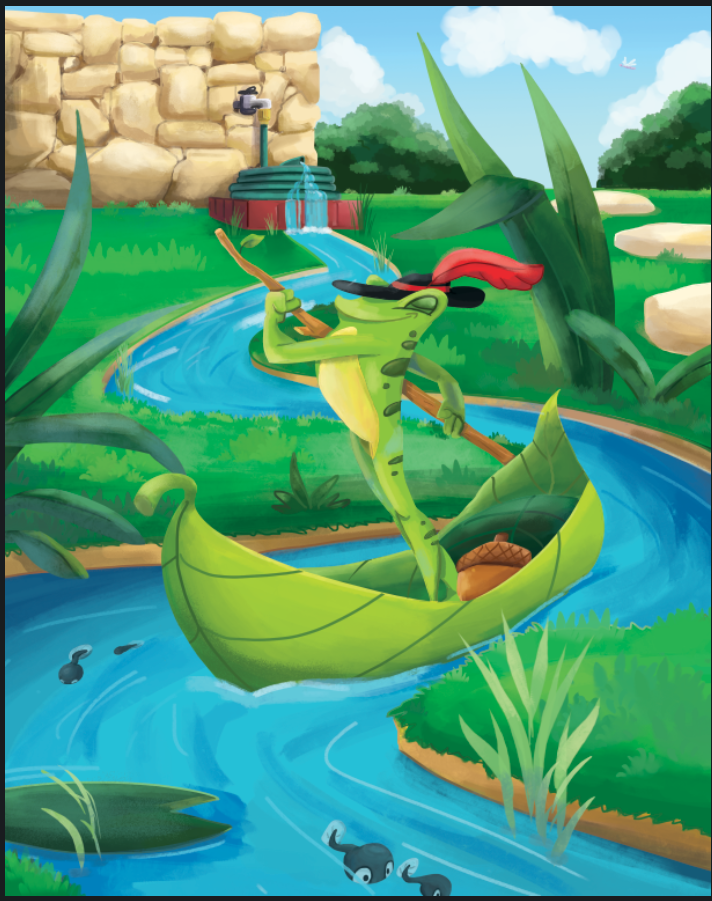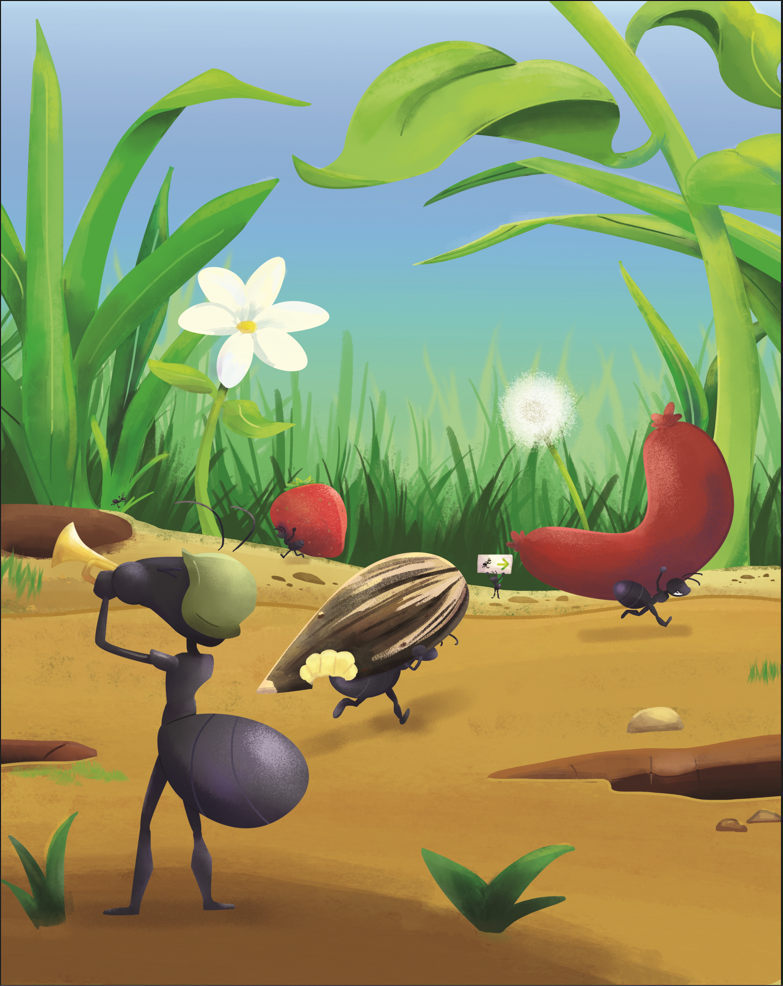Welcome to our Meet the Team series, where we showcase talented team members that make Tellwell exceptional. This January, let’s learn about Abby, our in-house illustrator.
Learn more about her and her artistic journey, exploring the details of the drawings and stories in her amazing illustrations that make our projects come alive.

Tell us about yourself.
Hey there! I’m Abby Ragaza, a fresh-faced book illustrator diving headfirst into the wonderful world of storytelling through art. I help authors not only make their stories and characters come to life between the pages, but also do cover-design consultations.
Sure, I might be a newbie in this bustling industry, but don’t let that fool you—I’m fueled by passion and armed with determination, ready to tackle any artistic challenge that crosses my path. When I’m not in front of my computer drawing away, you’ll find me in a cozy corner probably reading something. And did I mention I’m also a proud dog-aunt? Yup, I love nothing more than spoiling my brother’s furry kids with endless cuddles and treats. Life’s an adventure, and I’m here to illustrate every colourful moment of it!”
What does a typical day look like for you as an in-house illustrator at Tellwell?
My typical day usually consists of 70% drawing, 15 % meeting with my team, 10% eating, and 5% finding a good playlist to vibe to while drawing.

Can you share a memorable experience where you worked closely with an author to create illustrations that truly captured their vision?
I once had a consultation with a nice author who was a figure skating coach, making a book in honour of a deceased friend. We had a pleasant conversation about personalizing planners and what type of design he wanted his book cover to have. While we were talking, I would throw some ideas to him on how it might look. He seemed to like it a lot, especially my idea of sneaking in little Easter eggs in memory of his friend.
Illustration is all about storytelling. How do you approach understanding an author’s concept and translating it into compelling visuals for their book?
The first thing I do is read the questionnaire, where they usually mention everything they would like me to illustrate. I then look up a bunch of references to help me conceptualize the composition. If I am confused about something or if any information is lacking, I read the manuscript for a general idea or ask the project manager to pass my questions on to the author.
How would you describe your approach, and how do you ensure it aligns with the ideas authors bring to the table?
I usually rely on the reference image the author gives me. If it’s an art style that I can imitate, I try to do that. If they give me more than one, I try my best to find a way to combine all of it.

How do you navigate differences in artistic vision with authors to find balance in the final illustrations?
I try to find a compromise with the help of the project manager.
As an in-house illustrator, you likely work on a variety of genres. Is there a particular genre or type of project that you find especially enjoyable to illustrate? Why?
I like working on children’s book. The ones I find the most enjoyable are actually the ones with a fun and interesting story or message. I find that reading the story before I start drawing helps me to get inspired and create illustrations that match the tone and mood of the book. I also feel more motivated to do my best and to honour the author’s vision. I have a preference for working on books that have the illustrations on one side of the page and the text on the other, because that way I can focus on the details and the composition of the illustration without worrying about how the text will fit in.
How do you encourage authors to think outside the box when it comes to incorporating illustrations into their books?
When I do cover design consultations, I typically ask them a few questions about themselves and their book. With that information, and depending on whether an illustration is the best course of action, I sometimes suggest some ideas that could be more doable.
For authors looking to work with an in-house illustrator, what advice do you have for them to make the collaboration as smooth and successful as possible?
My advice would be to make your instructions clear and easy to understand. We would also appreciate if you could include reference photos if you want to base the characters on real people.




